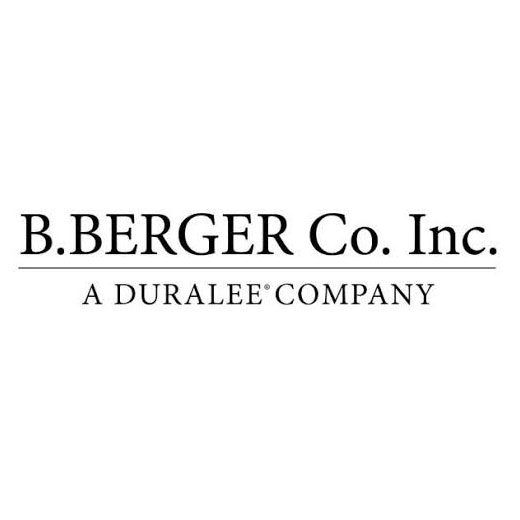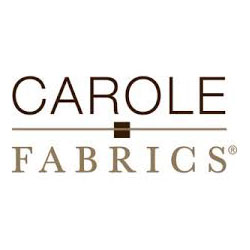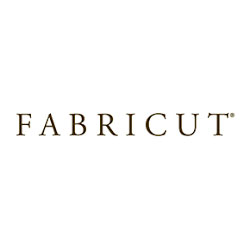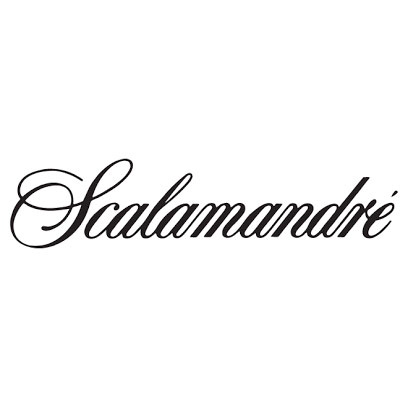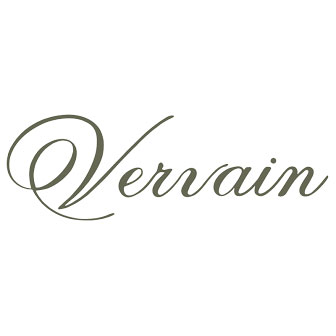Transform the look of an entire room with our huge selection of drapery fabrics by creating window treatments like draperies, curtains, swags, valances, roman shades, and more.
If you’re thinking about redecorating your bedroom, nursery, kitchen or great room, fabric is one of the easiest and most cost effective ways to transform your room.
We carry a huge selection of discount drapery fabrics from leading brands like Robert Allen, Kravet, F Schumacher, Duralee, Fabricut, Beacon Hill, Highland Court, Laura Ashley and many more.
From inexpensive sheers to luxurious fabrics suitable for drapery, curtains, blackout drapes, linings, you'll find a comprehensive library of patterns and styles to choose from. Save up to 65% and more on our fabulous selection of the latest designs of fabric for curtains and draperies by the yard or by the roll. Samples are available.
Besides being functional in controlling a room's lighting, curtains and draperies can be used to give a focal point to a room. There are many different styles of curtain or drapery window treatments including:
- Flat panel curtains are perhaps the most simple and straightforward curtain/drapery treatment. Fabric for a flat panel is hemmed on all four edges and then hung from a curtain pole with clip-on rings. The flat panel may also be pleated to given a more elegant look.
- Tab top curtains are similar to flat panel curtains except narrow straps that form loops or ties are sewn onto the top edge of the curtain. Tab top curtains or drapes are often used as two stationary panels hung on either side of a window.
- Grommet curtains have cut out holes at the top of the fabric. These holes can either be finished with stitching around the edges (much like a button hole on a shirt) or with a grommet. The curtain rod is threaded through these holes when hanging the curtain.
- Sash curtains or drapes are used to cover the lower sash of the windows.
- Rod pocket curtains have a channel or "pocket" that comes from folding over the top edge of the fabric and sewing it in place to form a channel for the curtain rod to pass through.
- Thermal or blackout curtains use multiple layers of very tightly woven fabric, usually in multiple layers, to block out light as well as serve as an acoustic or thermal dampener.
- Curtain liners are used to protect actual curtains from getting wet.
Curtains and drapes can be made from a wide variety of thick fabrics. When choosing a fabric it is important to understand the light absorption and heat insulation properties of the fabric. To maximize temperature control, the curtain or drapes should be as close to the window as possible. If possible the areas above and below the curtain should minimize convection drafts.
Sheer or net fabrics, are used for "privacy curtains" due to their translucent, loosely woven nature which allows people inside the home to see the outside while preventing people outside from seeing directly into the home. Many sheer fabrics provide a basic level of UV protection but offer almost no heat insulation properties.
Uncoated fabrics provide better heat insulation and light absorption qualities that sheer or net fabrics. They are usually made of a cotton/polyester blend that is tightly woven and mostly opaque. They provide a reasonable degree of heat insulation but they do allow direct sun light to come through.
Coated fabrics are standard curtain or drapery fabrics which are coated with an opaque rubber backing on the rear of the fabric to increase light absorption. The backing can come in various strengths depending on how many coats of backing are applied. One pass coating absorbs 50% to 70% of direct light. Three pass coating can absorb up to 100% of direct light. For maximum light absorption and heat insulation a lined curtain is called for. In most cases, a lined curtain consists of an uncoated fabric at the front to create the look and feel and a separate coated fabric (usually called the lining) behind the front curtain to provide insulation.

